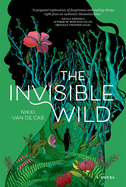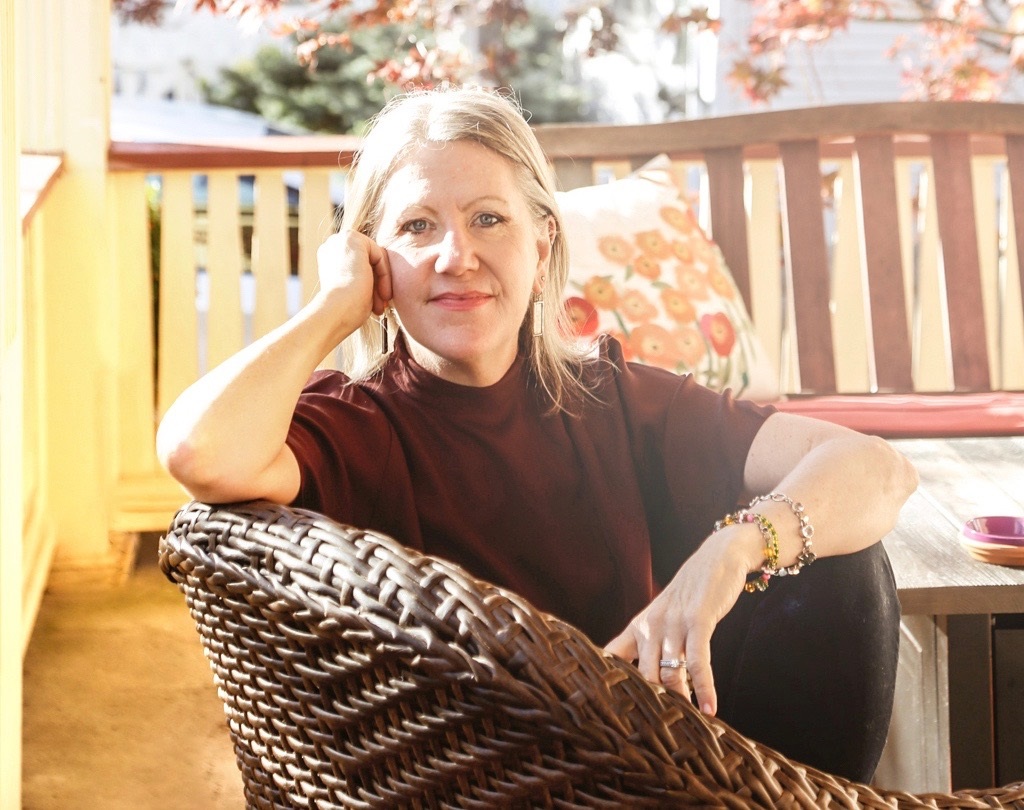 |
| photo: Lac Hoang |
Rebe Huntman is a Latin and Afro-Cuban dancer and choreographer, and former director of Chicago's Danza Viva Center for World Dance, Art & Music and its resident dance company, One World Dance Theater. She is a Macondo fellow and recipient of an Ohio Individual Excellence Award, and teaches creative writing and marketing for artists at the Columbus College of Art & Design. She lives in San Miguel de Allende, Mexico, and Delaware, Ohio. Her essays, poems and short stories have been published in the Missouri Review, the Southern Review, CRAFT Literary, Parabola, and elsewhere. Her debut memoir, My Mother in Havana: A Memoir of Magic & Miracle, was recently published by Monkfish.
Handsell readers your book in 25 words or less:
A daughter's search for her deceased mother brings her face to face with the gods and ghosts and saints of Cuba.
On your nightstand now:
Memoirs about Cuba! There's a tendency among Americans to view Cuba as a land frozen in time, but my experience is that there are many Cubas. There is a pre-colonial island inhabited by the Taino and a colonial Cuba ruled by the Spanish. There is the Cuba of the early 1950s with its glittering casinos, and the Cuba of 1959 with its mountains filled with revolutionaries. There is the Cuba for whom that revolution filled their hearts with hope, and the Cuba of those who've watched its aftermath morph into realities that challenge and complicate that hope. I'm interested in the light the multiple voices of these memoirs shine on a single place. And my hope is that My Mother in Havana adds to that prism through the story of a daughter who healed her grief, 30 years in the making, among the island's rich and multivalent spiritual traditions.
Favorite book when you were a child:
The books I loved as a child include myths and fairytales, and novels like Madeleine L'Engle's A Wind in the Door and C.S. Lewis's the Chronicles of Narnia series--books in which gods and children pass through secret doors and wardrobes. To this day, the stories I love best (books like Madeline Miller's Circe; Kelly Barnhill's When Women Were Dragons; and The Night Circus by Erin Morgenstern) point to portals through which we might slip from one world to another.
Your top five authors:
Lyricists like Brenda Miller and Eula Biss who gift us models for the kind of structural and linguistic choices that make their pages sing. Toni Morrison for her gorgeous blending of the spiritual and the mundane. James Baldwin for the rigor of his intellectual inquiry. And memoirists like Cheryl Strayed (Wild), Helen Macdonald (H Is for Hawk), and Doireann Ní Ghríofa (A Ghost in the Throat), whose memoirs braid excavations of grief with a parallel quest that allows them to transform that grief.
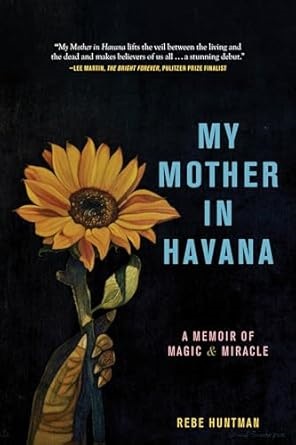 Book you're an evangelist for:
Book you're an evangelist for:
I'm an evangelist for books where structure mirrors content! Take Patti Smith's Just Kids, a memoir about her friendship with Robert Mapplethorpe whose inclusion of art and poetry creates the sense that not only the words but the book itself is an altar both to Mapplethorpe and to the art of creation. Another favorite is Susanna Kaysen's Girl, Interrupted, a memoir about her time in a psychological institution she literally tucks inside a reproduction of her actual patient folder. In structuring the chapters of My Mother in Havana to mirror the 30 days I spent searching for my mother among the gods and ghosts and saints of Cuba, my hope is that my reader will feel like they are riding on my shoulders, experiencing every hope and doubt and frustration as together we test the veil between the living and the dead, the material world and the world of magic and miracle.
Book you've bought for the cover:
I'm not sure I've bought a book explicitly for the cover, but I've admired quite a few! Some favorites include Mexican Gothic by Silvia Moreno-Garcia, Latino Poetry (edited by Rigoberto González), and The Handmaid's Tale by Margaret Atwood. And I'm probably biased, but I adore the cover of My Mother in Havana. Its central image is a sunflower, which is the most ubiquitous offering to Cuba's spiritual mothers, Ochún and Our Lady of Charity. My inclusion of the image is a nod both to those mothers and to the act of writing, which for me is always an offering. It is an act of saying: "I am here. This is what I stand for. This is what I find beautiful. Important. Worth paying attention to." And there is a power in reaching out to the world through that act of attention and saying: Won't you pay attention alongside me?
Favorite line from a book:
I'm in love with the physicality of language, and when I encounter a line that delights and moves me, I will press the page to my cheek, as if I might absorb all that beauty into my own being. Take this one from Toni Morrison's Tar Baby:
"At some point in life the world's beauty becomes enough. You don't need to photograph, paint, or even remember it. It is enough." I could hold that line to my cheek for all of eternity and never fully absorb the power and beauty of its message.
Five books you'll never part with:
My great grandfather Gerhardt Huntmann's 1886 Bible, with his name and date embossed in gold on the cover.
Darkroom: A Family Exposure by Jill Christman
Song of Solomon by Toni Morrison
Girl, Interrupted by Susanna Kaysen
From Our House by Lee Martin
Book you most want to read again for the first time:
Circe by Madeline Miller--I can think of nothing better than reliving my time with its heroine, cultivating magical herbs and spells and exacting revenge on men who don't know how to behave themselves.
What you have planned next:
I've got a couple of projects that I'm excited to start in on--novels based on the stories of my grandmothers. A work of fiction that dives into the worlds of the Nordic gods. But first, I have a poetry collection that is almost ready to find a publisher. Like My Mother in Havana, the poems are a cinematic exploration of the forces that collaborate in the shaping of what it is to be woman. Unlike My Mother in Havana, the settings of that inquiry widen to include a kaleidoscopic catalog of Midwestern bowling alleys and 1950s burlesque clubs, mermaid meet and greets, a dead mother's tour through 1980s Russia, and of course the mother saints and goddesses of Cuba. Tentatively titled Zinnias in My Mother's Vase, the collection is both a container for wildness and a portal between generations--an invitation to join the author as she and the concentric circles that bloom from that central eye--ancestors, role models, and ultimately that ineffable, unnameable force that animates life itself--weigh in on the feminine body. Is it object? Is it vessel? Or is it a cosmos both contained by and too vast to be contained by any vessel?
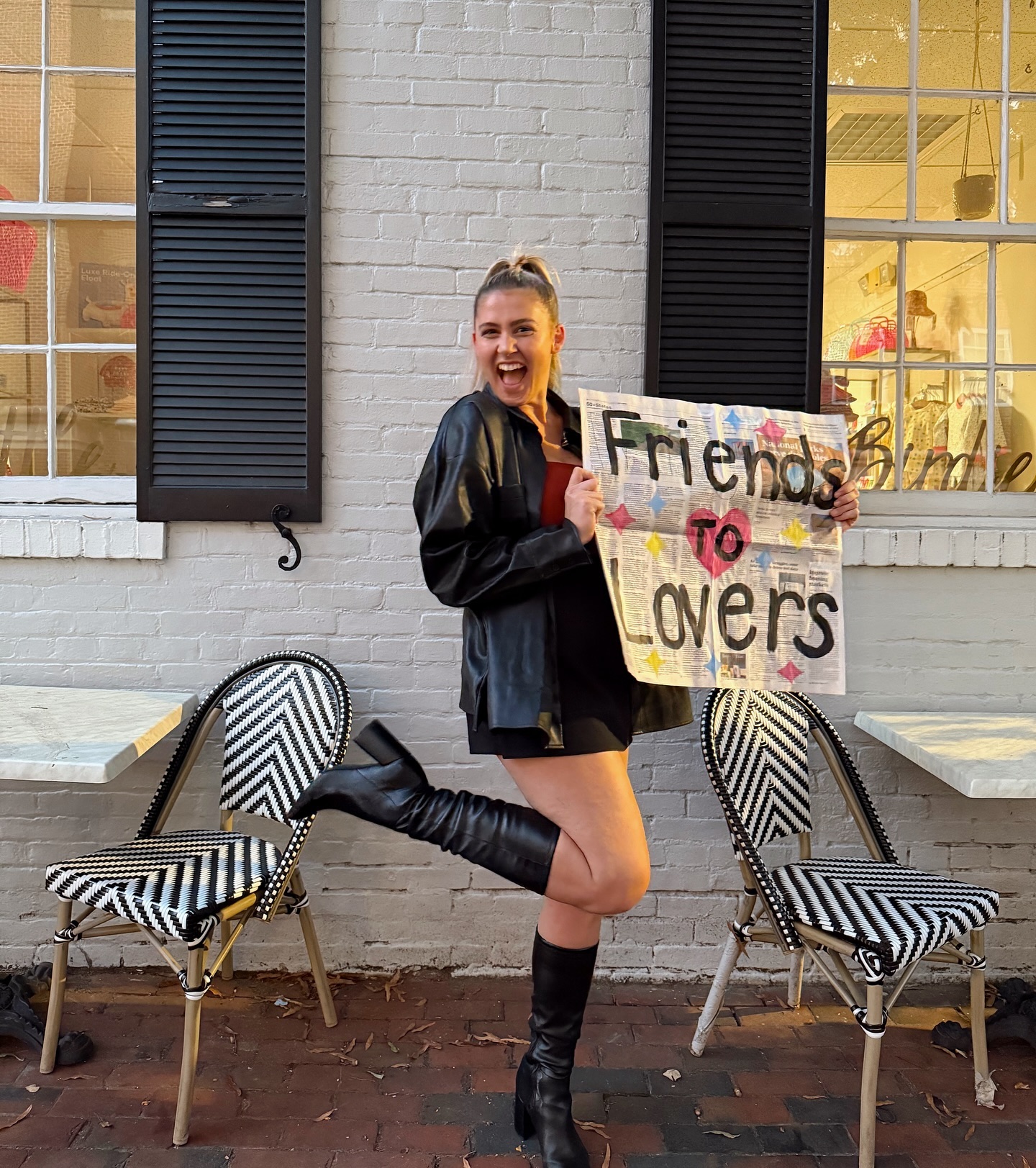
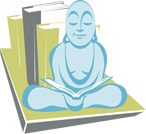






 The opening comes four months after the
The opening comes four months after the BINC.1119.T1.YEARENDCAMPAIGN.jpg)
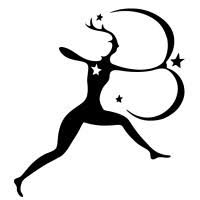 Bloomsbury USA is launching Bloomsbury Archer, an imprint that will publish across a wide range of speculative fiction, from fantasy and science fiction to speculative romance, horror, myth retellings, alternate histories, and more. "Archer" refers to the existing Bloomsbury emblem, Diana, goddess of the hunt.
Bloomsbury USA is launching Bloomsbury Archer, an imprint that will publish across a wide range of speculative fiction, from fantasy and science fiction to speculative romance, horror, myth retellings, alternate histories, and more. "Archer" refers to the existing Bloomsbury emblem, Diana, goddess of the hunt.  The Globe Pequot Publishing Group is purchasing the assets of Waterford Press, founded more than 30 years ago by Jill Kavanagh and her late husband, James Kavanagh. The company, which is based in Safety Harbor, Fla., publishes more than a thousand state and regional folding guides on birds, trees, animals, fish, and other wildlife. Jill Kavanagh will continue in her role as publisher when the acquisition closes on April 1.
The Globe Pequot Publishing Group is purchasing the assets of Waterford Press, founded more than 30 years ago by Jill Kavanagh and her late husband, James Kavanagh. The company, which is based in Safety Harbor, Fla., publishes more than a thousand state and regional folding guides on birds, trees, animals, fish, and other wildlife. Jill Kavanagh will continue in her role as publisher when the acquisition closes on April 1. 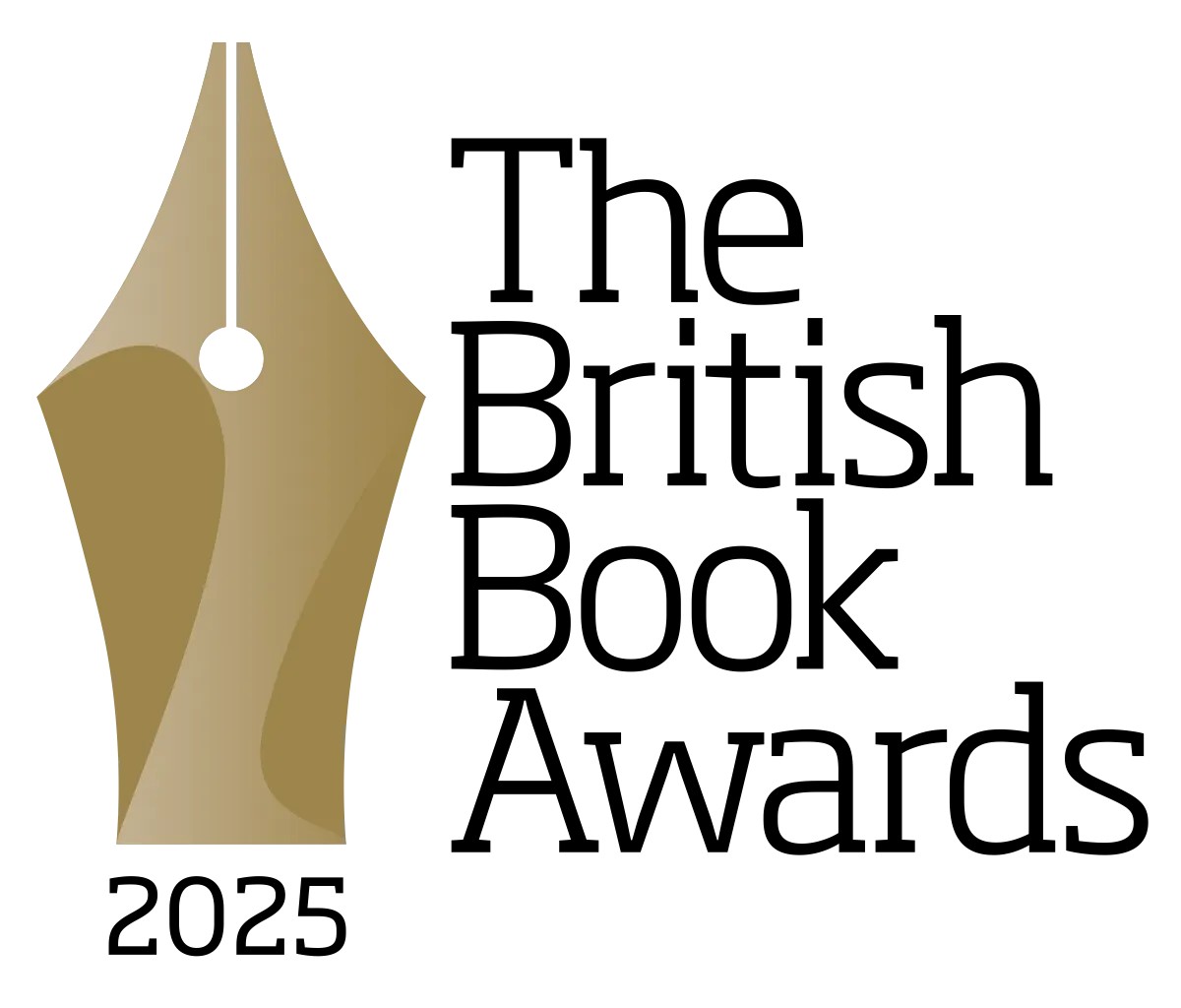

 Author (l.) Carole Lindstrom (Anishinaabe/Métis) and (r.) illustrator Aly McKnight (Shoshone-Bannock), right, shared their picture book, The Gift of the Great Buffalo (Bloomsbury) at an in-store school visit at
Author (l.) Carole Lindstrom (Anishinaabe/Métis) and (r.) illustrator Aly McKnight (Shoshone-Bannock), right, shared their picture book, The Gift of the Great Buffalo (Bloomsbury) at an in-store school visit at 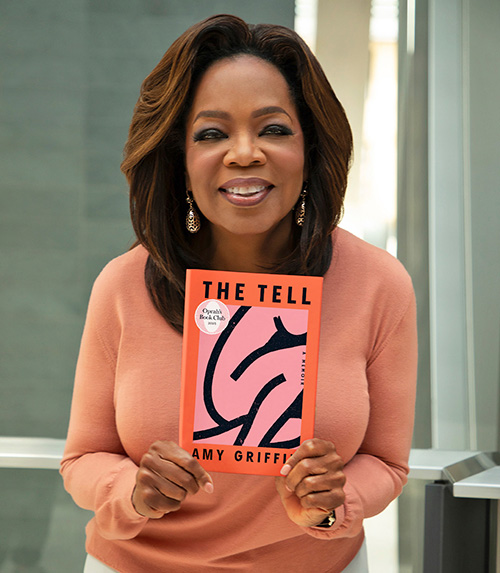 Oprah Winfrey has chosen venture capitalist Amy Griffin's memoir The Tell (The Dial Press) as the latest Oprah's Book Club Pick,
Oprah Winfrey has chosen venture capitalist Amy Griffin's memoir The Tell (The Dial Press) as the latest Oprah's Book Club Pick, 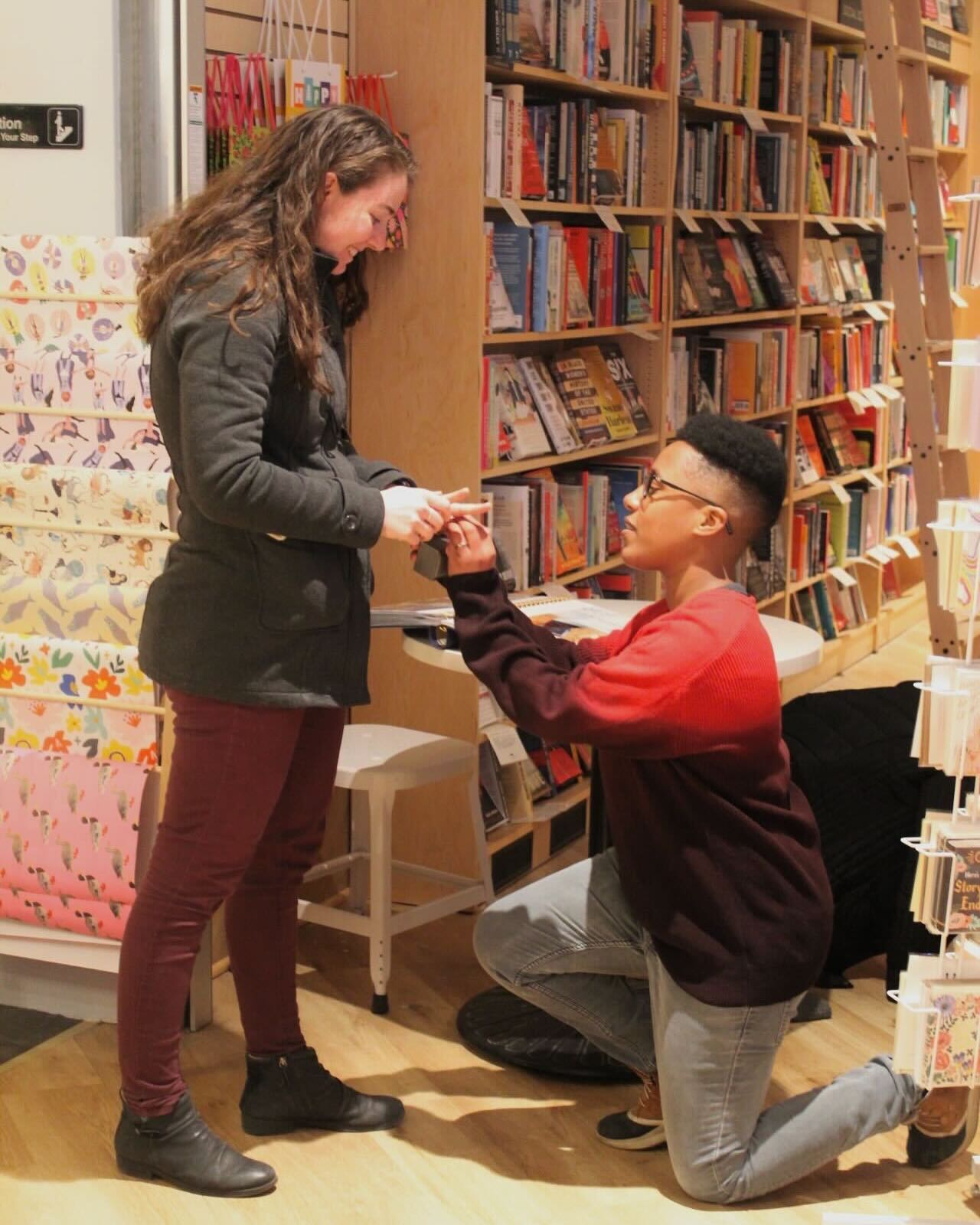 "White Whale had
"White Whale had 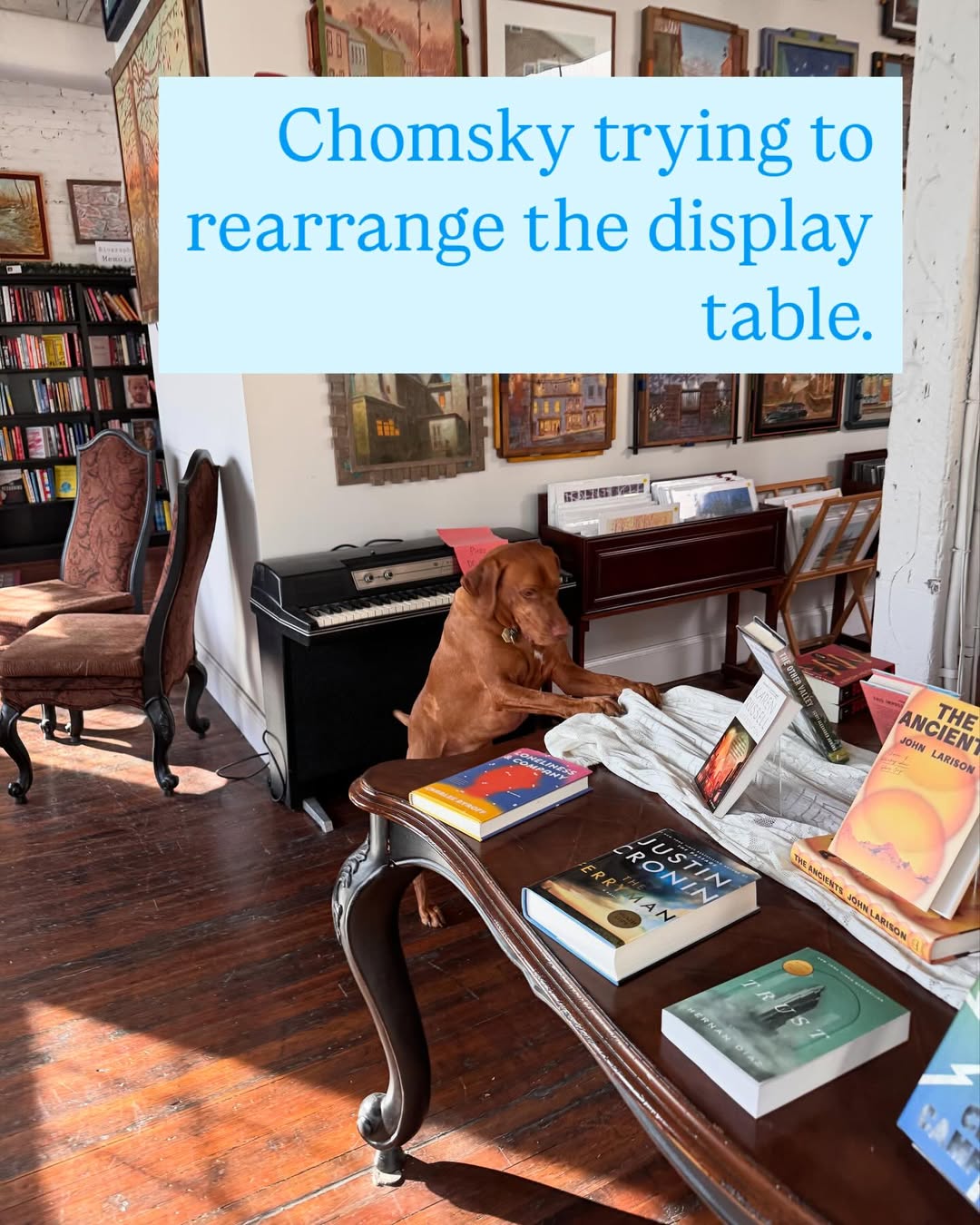 Backwater Books
Backwater Books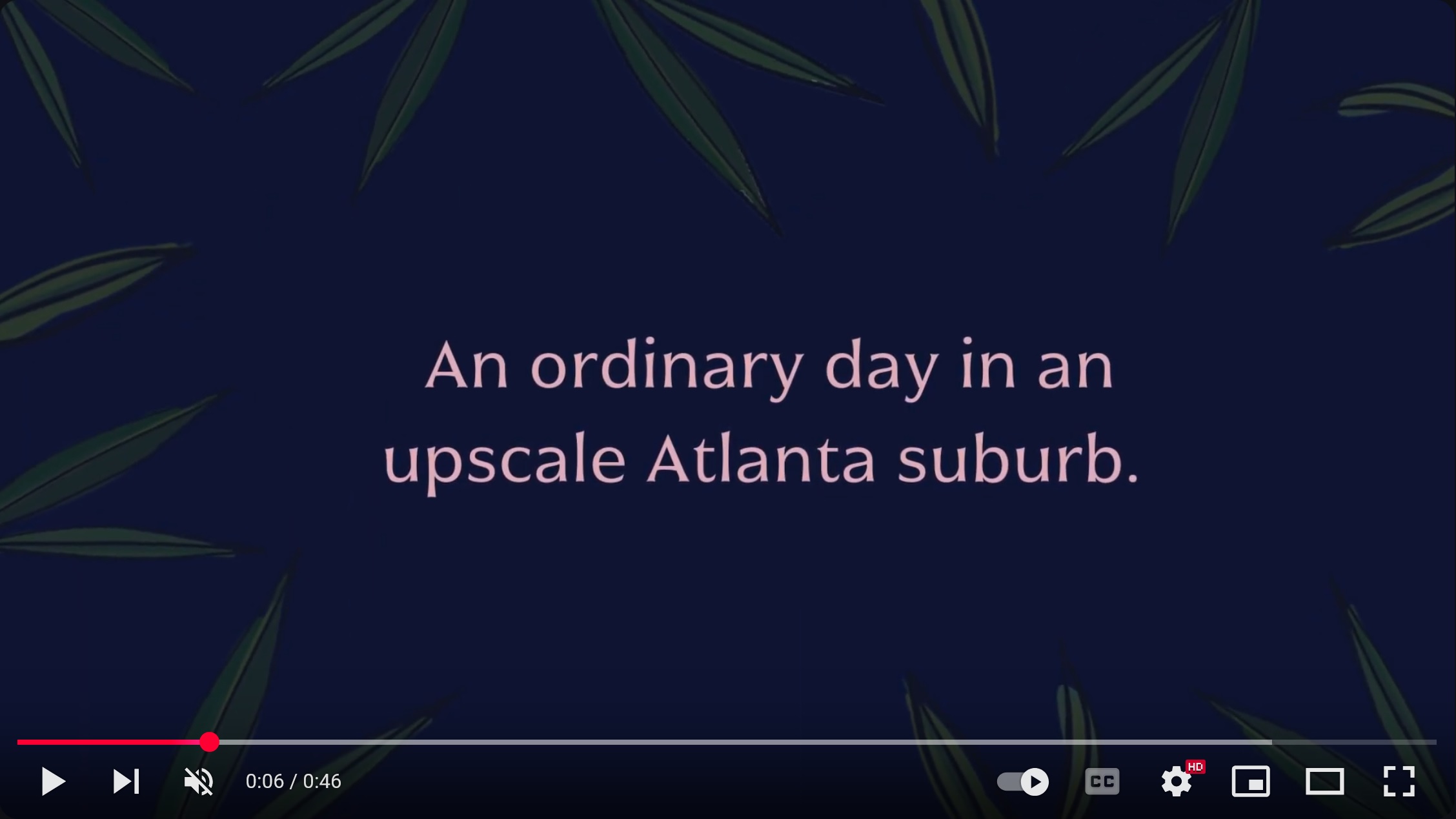 A Girl Within a Girl Within a Girl
A Girl Within a Girl Within a Girl
 Book you're an evangelist for:
Book you're an evangelist for: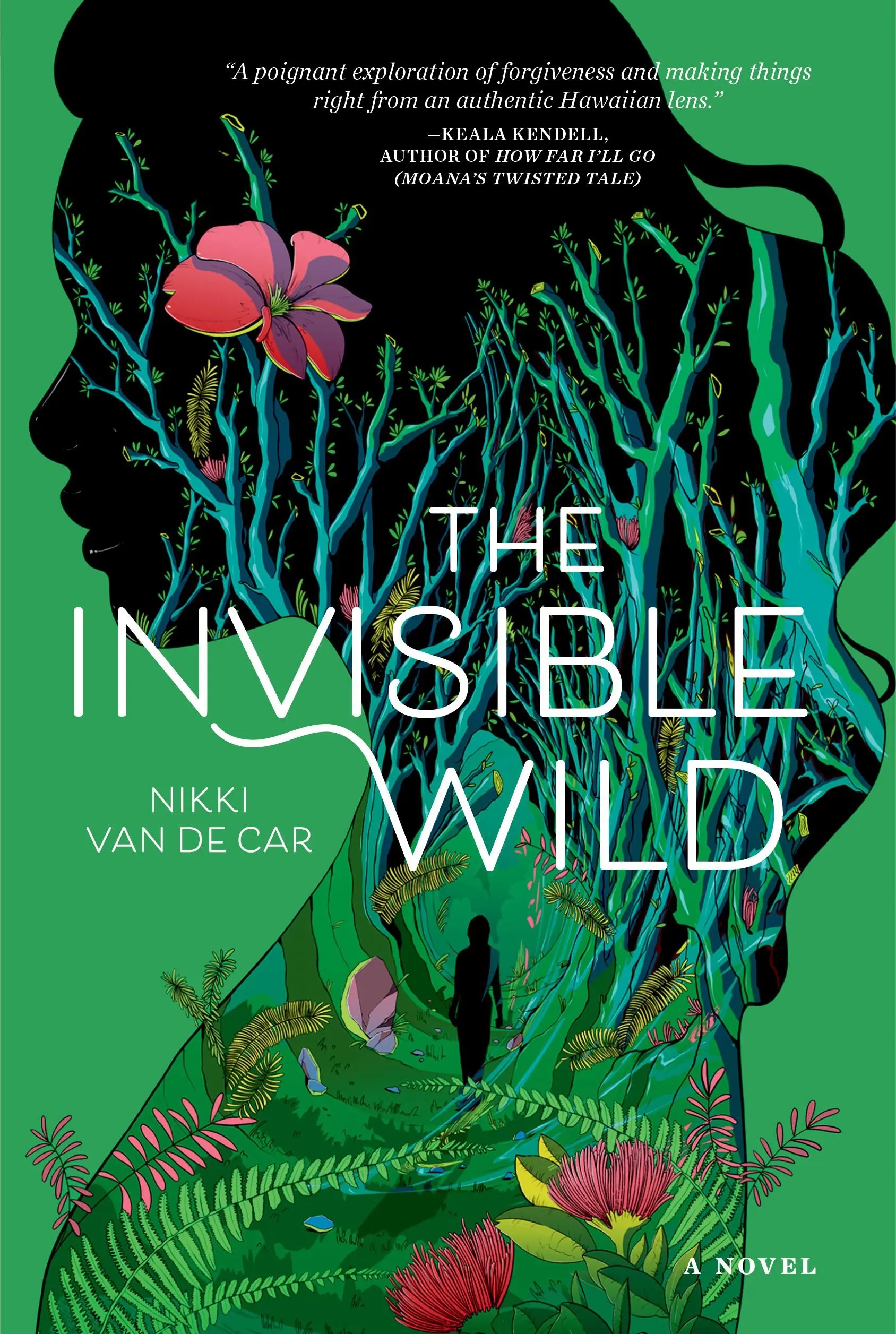 In Nikki Van De Car's dazzling blend of myth and magic, The Invisible Wild, a Hawaiian teen who can see menehune endeavors to stop construction that endangers the forest spirits' sacred home.
In Nikki Van De Car's dazzling blend of myth and magic, The Invisible Wild, a Hawaiian teen who can see menehune endeavors to stop construction that endangers the forest spirits' sacred home.